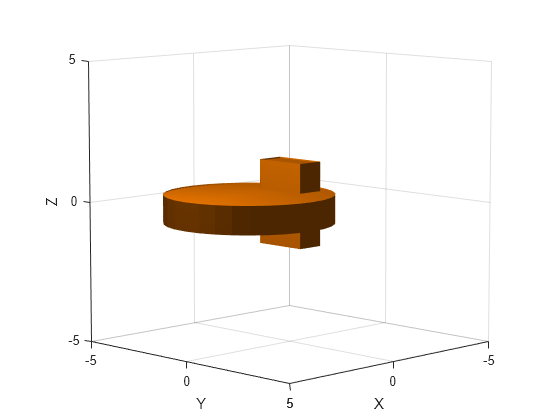checkCollision
Check if two geometries are in collision
Syntax
Description
collisionStatus = checkCollision(geom1,geom2)geom1
and geom2. If the two geometries are in collision at their specified
poses, collisionStatus is 1. If the function does
not find a collision, collisionStatus is 0.
[
returns the minimal distance collisionStatus,sepdist,witnesspts] = checkCollision(geom1,geom2)sepdist and witness points
witnesspts of each geometry when the function does not find a
collision between the two geometries.
Examples
Input Arguments
Output Arguments
Limitations
Collision checking results are unreliable when the minimal distance is below 10-5 m.
References
[1] Gilbert, E.G., D.W. Johnson, and S.S. Keerthi. "A fast procedure for computing the distance between complex objects in three-dimensional space." IEEE Journal on Robotics and Automation 4, no. 2 (April 1988): 193–203. https://doi.org/10.1109/56.2083.
Extended Capabilities
Version History
Introduced in R2019b
See Also
collisionBox | collisionCapsule | collisionCylinder | collisionMesh | collisionSphere | Check Collision



